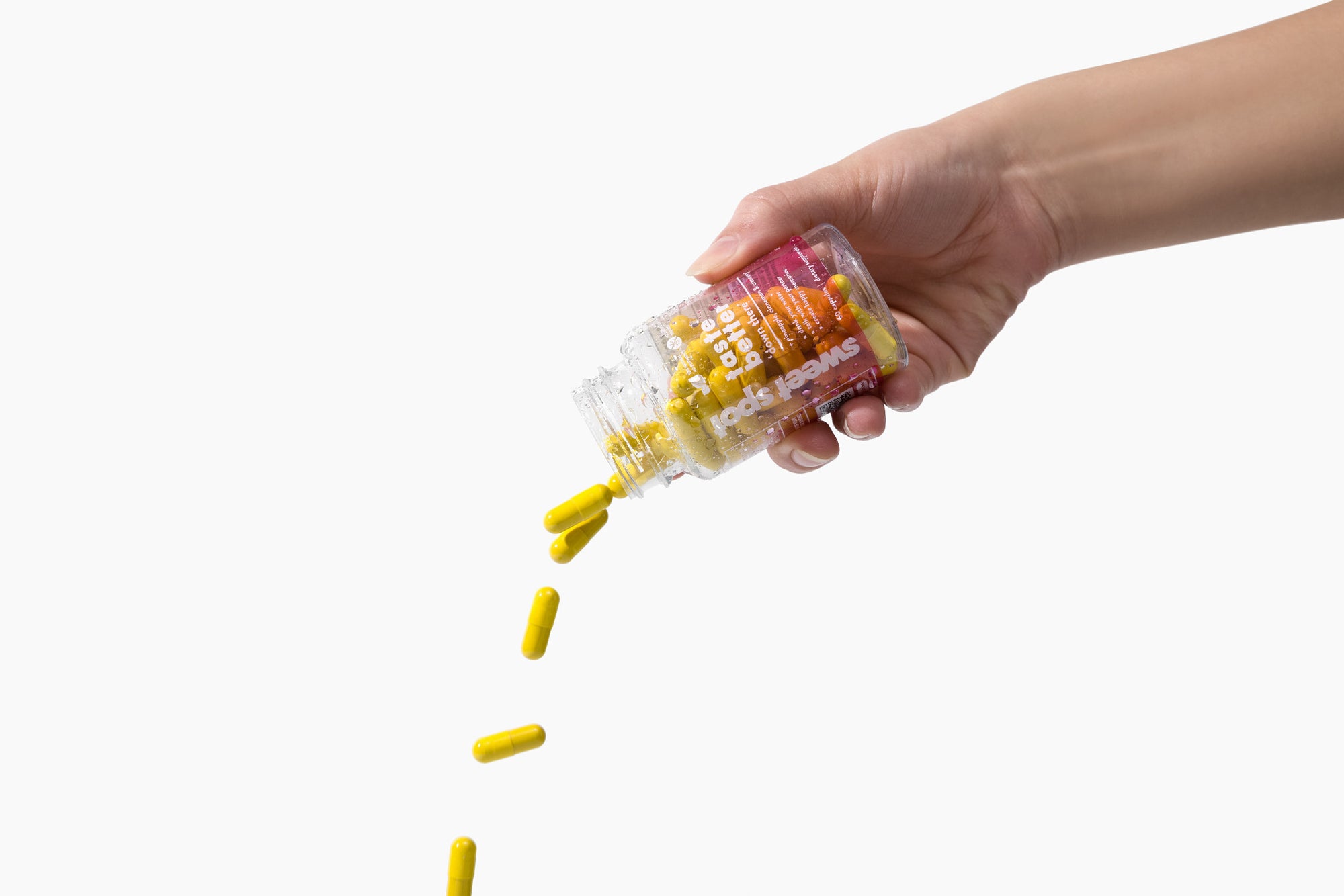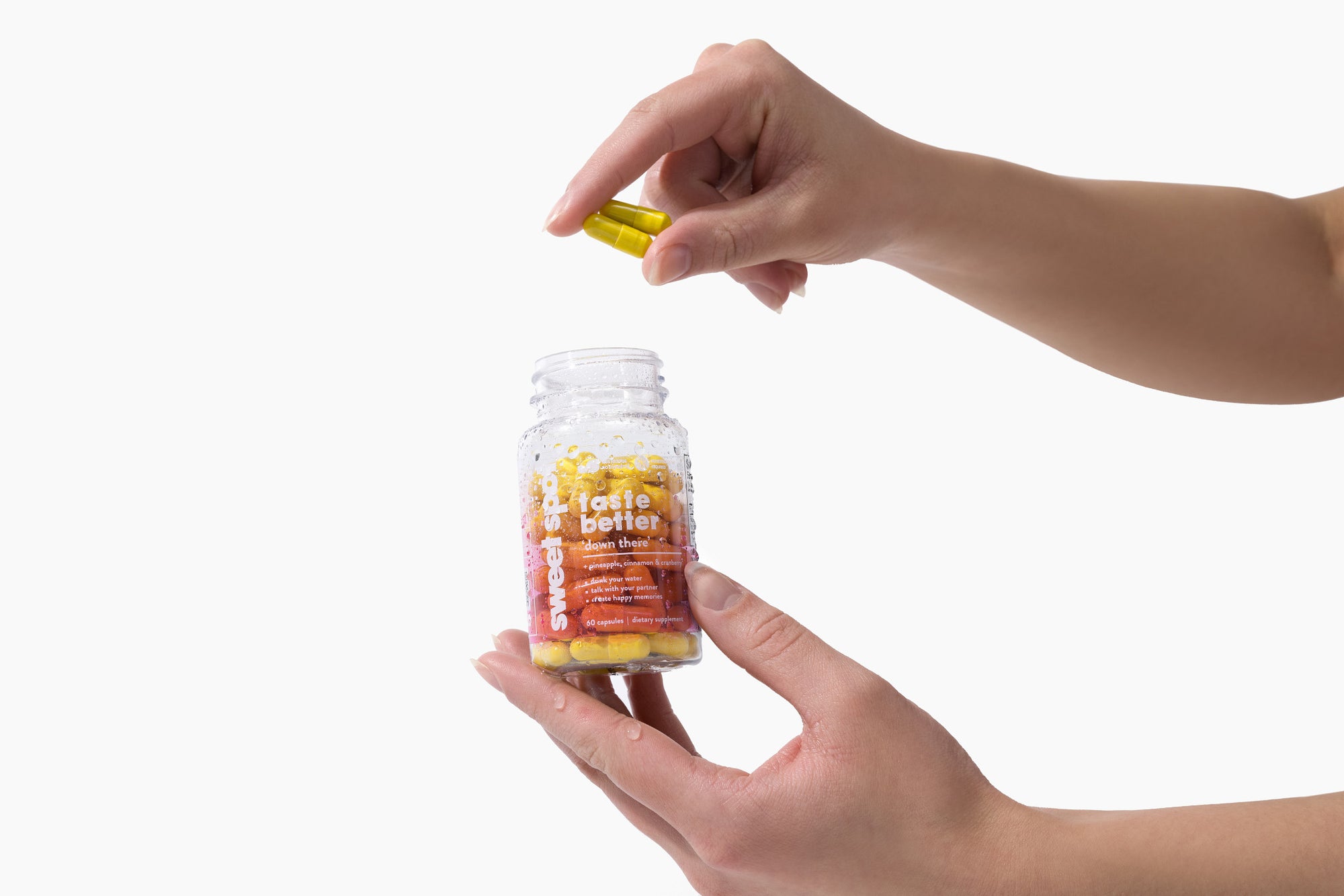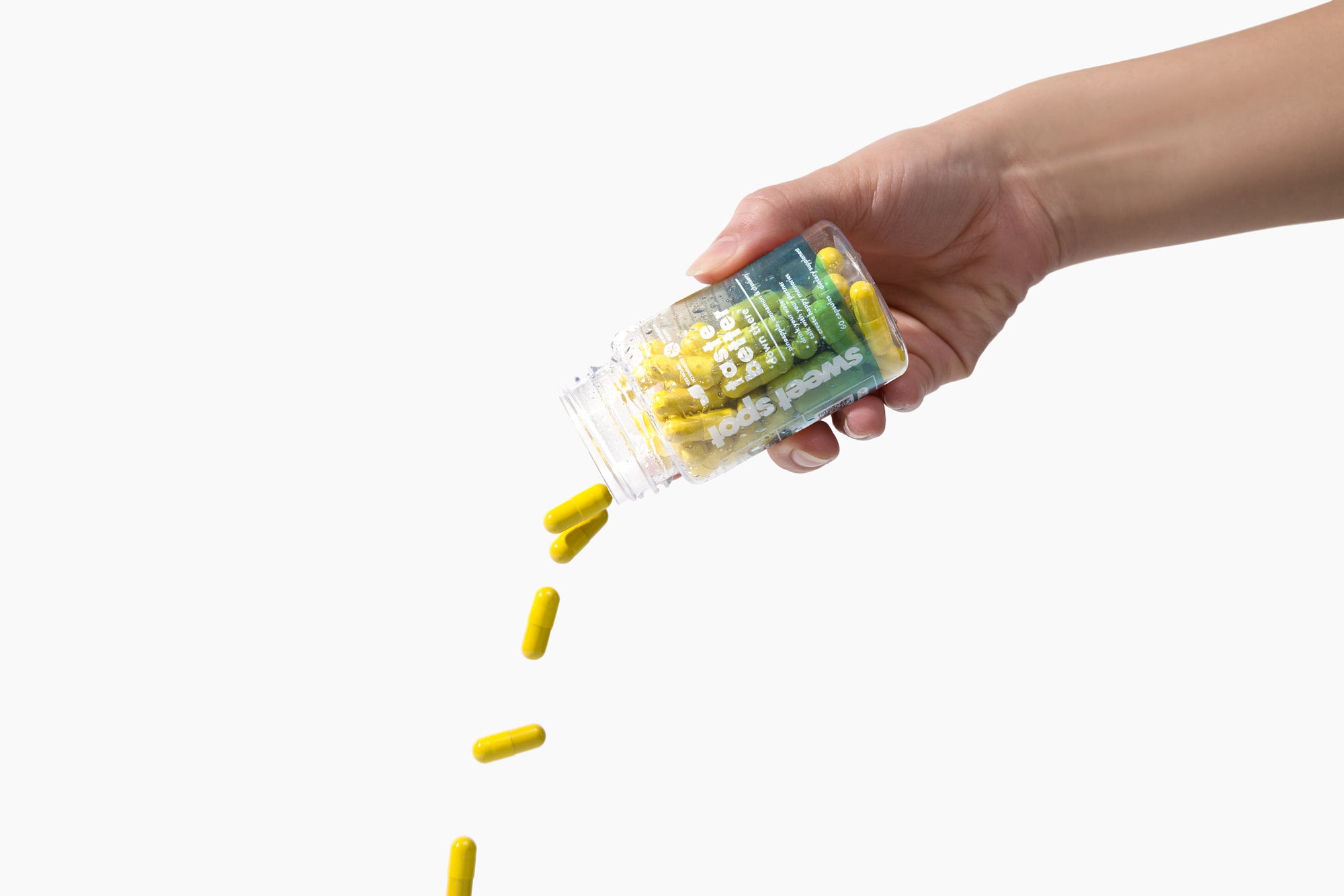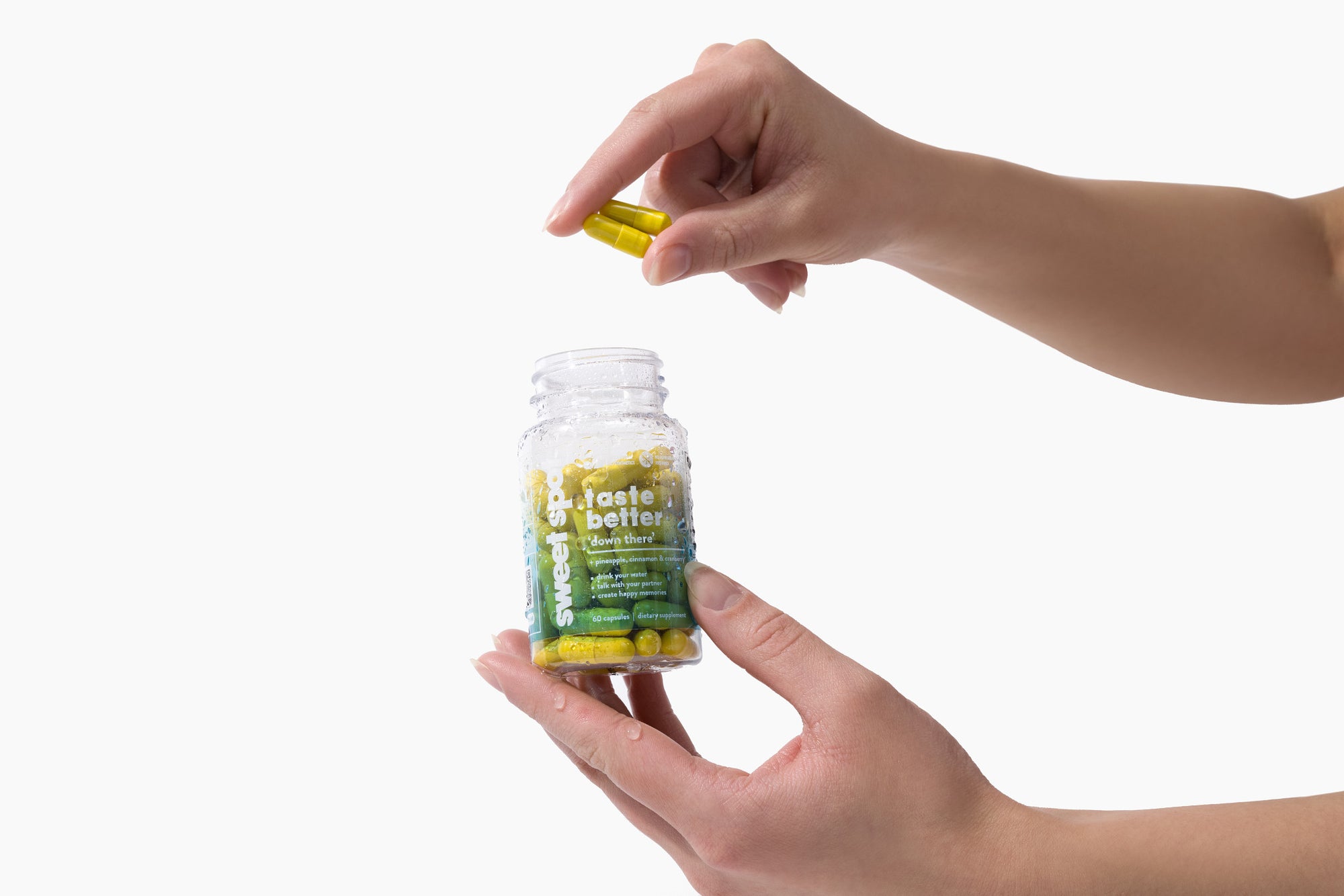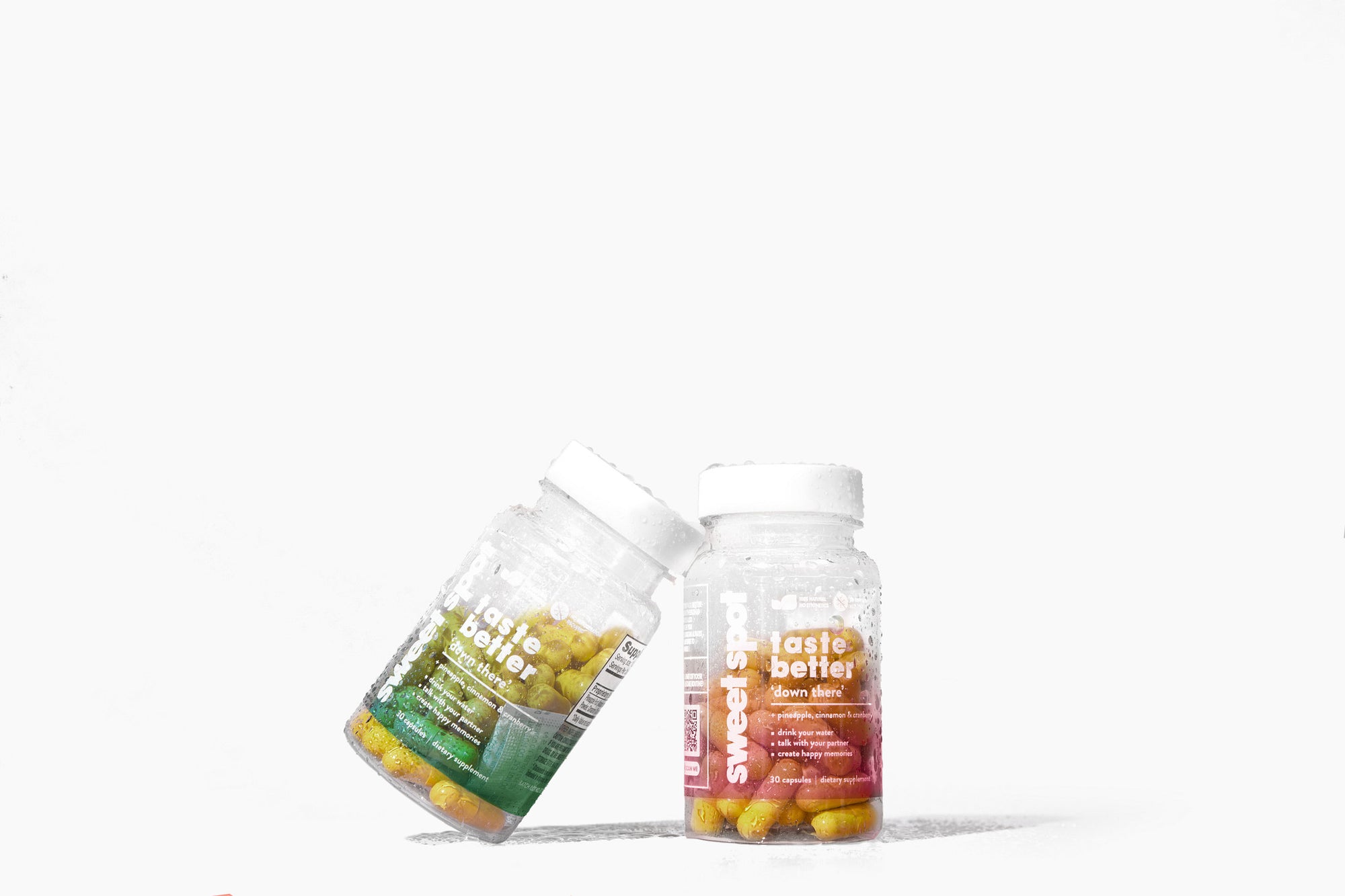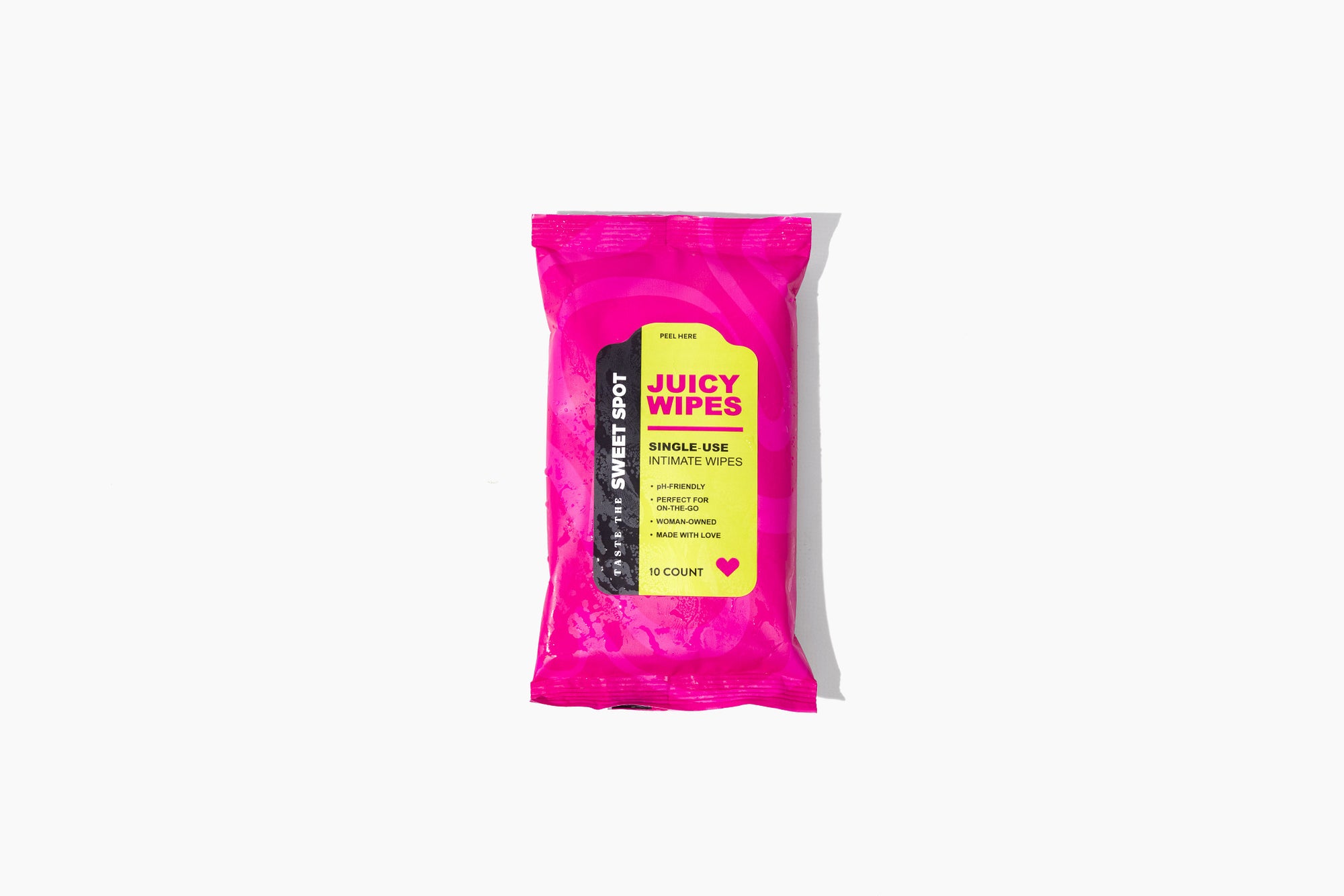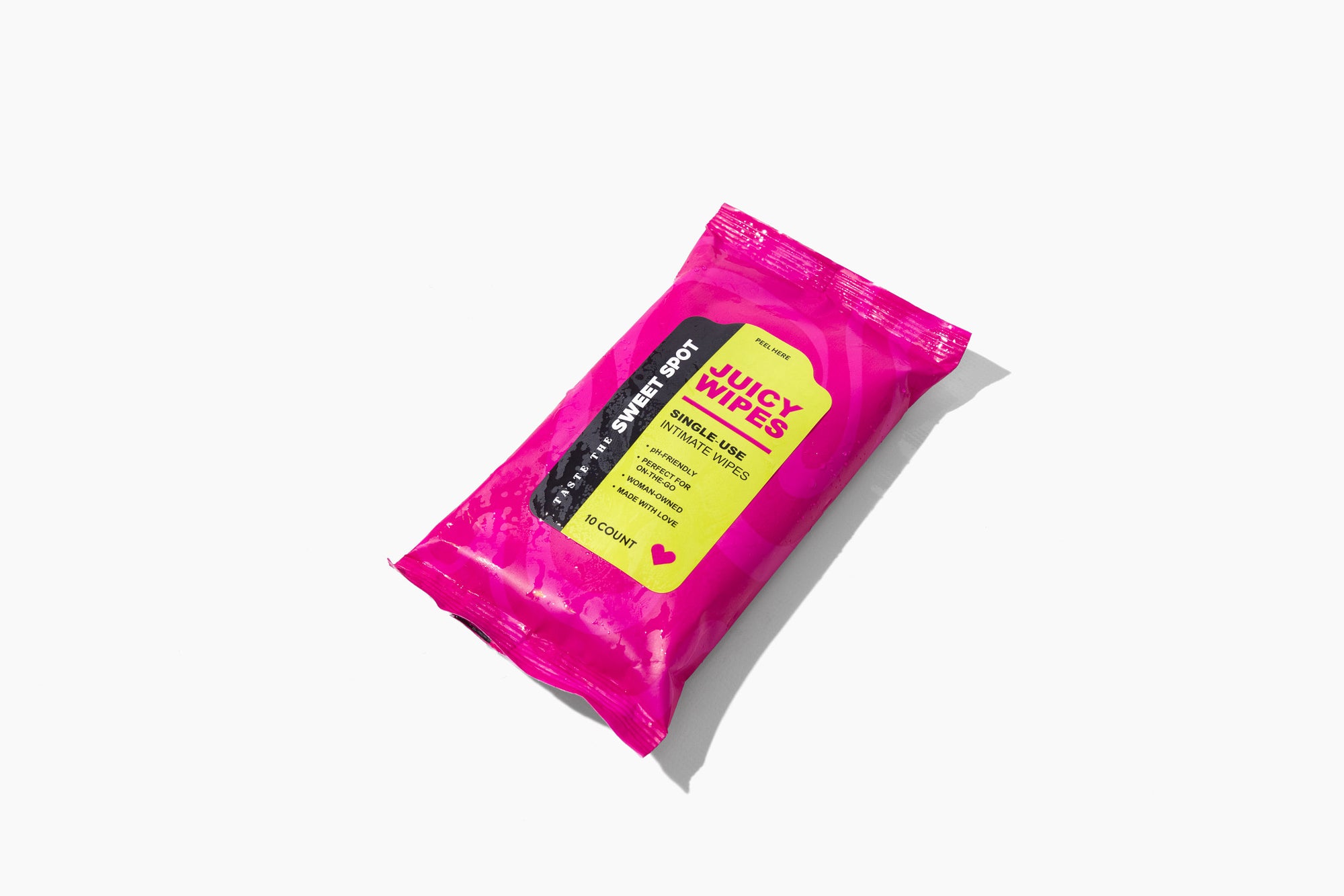

Probiotics in Your Daily Routine
Integrating Probiotics into Your Daily Routine
Now that you understand the benefits of probiotics, let’s discuss practical lifestyle tips to maximize their effectiveness through diet, routine, and smart habits.
Probiotic-Rich Foods
Complementing supplements with probiotic foods ensures a steady influx of beneficial microbes:
-
Yogurt: Look for live or “active cultures” on the label. Yogurt contains strains of Lactobacillus and Bifidobacterium that aid digestion.
-
Kefir: This fermented milk drink contains multiple probiotic strains (including yeasts) and is often more potent than yogurt.
-
Sauerkraut and Kimchi: Fermented cabbage dishes from Eastern European and Korean cuisines are rich in probiotics and fiber, though they can be high in sodium.
-
Kombucha: Fermented tea drink containing Saccharomyces and Brettanomyces strains. It’s lightly effervescent and can support gut health.
-
Tempeh and Miso: Fermented soybean products (tempeh, miso) provide plant-based probiotics. They also add protein and flavor to meals.
-
Pickles (fermented): Naturally fermented pickles (not the vinegar kind) are teeming with microbes. Other fermented veggies (like miso soup) also count.
Eating these foods regularly exposes your gut to a diversity of bacteria. For those sensitive to dairy, coconut yogurt or water kefir are alternatives. Even sipping homemade fermented beverages or adding fermented condiments (like kimchi) to meals can give your probiotics a boost. Remember that diversity is key – no single food has all strains, so rotate different foods daily.
Prebiotics and Synbiotics
Probiotics need prebiotics – certain fibers and nutrients – to thrive. Prebiotics are nondigestible plant fibers (like inulin, fructooligosaccharides, or resistant starch) that selectively feed beneficial bacteria. Foods rich in prebiotics include:
-
Onions, garlic, and leeks
-
Asparagus, artichokes, and bananas (especially slightly green bananas)
-
Oats, barley, and unrefined grains
-
Apples (with skin), berries, and legumes
Eating prebiotic foods with your probiotics (a synbiotic approach) enhances survival and colonization. Many quality probiotic supplements are formulated with a prebiotic powder or capsule (for example, some Lactobacillus supplements include inulin). While Sweet Spot Combo focuses on probiotics, its formulas already include pineapple extract (a source of natural sugars and fibers) to help nourish the bacteria. Incorporating a balanced diet of fiber-rich fruits, vegetables, and whole grains helps keep both your microbiome and your body’s overall health in check.
When and How to Take Probiotics
To get the most out of supplements:
-
Timing: Some evidence suggests taking probiotics on an empty stomach or 30 minutes before a meal gives bacteria a better chance to pass through the stomach acid. However, if you have a sensitive stomach, taking them with food is fine.
-
Consistency: Take your probiotic daily (or as recommended). The beneficial strains need regular replenishment.
-
Hydration: Drinking plenty of water helps probiotics and your immune system. Adequate hydration also supports gut motility and waste elimination.
-
Medication Interactions: If you are on antibiotics, take probiotics at a different time of day, spaced out from the antibiotic dose, to maximize survival. (Studies have shown taking both simultaneously may not reduce efficacy, but spacing is a cautious approach.) After finishing antibiotics, continue probiotics for 1–2 weeks to restore balance.
-
Lifecycle: As we age, stomach acid levels can change. Sometimes older adults benefit from higher CFU doses. Conversely, young children or sensitive individuals may start at a lower dose and gradually increase.
Probiotic Supplements as Lifestyle Partners
For many, incorporating a trusted probiotic supplement simplifies daily use. Here are some tips:
-
Store Properly: Keep your supplements in a cool, dry place. If required, refrigerate after opening. Avoid leaving them in hot cars or humid bathrooms.
-
Track Effectiveness: Note any changes in digestion, immunity, or mood over 4–8 weeks. Beneficial effects often build gradually.
-
Combine with a Healthy Lifestyle: Probiotics work best as part of a holistic approach – eat a balanced diet (plenty of fiber and fermented foods), exercise regularly (exercise itself boosts gut diversity), manage stress (chronic stress can disrupt gut flora), and get adequate sleep.
-
Rotate or Cycle: Some experts suggest cycling different probiotic strains every few months to diversify your gut colony. For example, you could alternate between a general multi-strain supplement and a specialized one (such as one focused on women’s health or immune support).
Safety and Side Effects Recap
Probiotic supplements and foods are safe for most people. Mild side effects might include temporary bloating or gas in the first few days as your body adjusts. If side effects persist, try a lower dose or consult a healthcare provider. Always check if a product contains allergens (e.g., dairy, soy, nuts in capsule materials).
Remember: Probiotics do not replace medical treatment. They are a complementary approach. For chronic conditions or severe symptoms, they should be used alongside, not instead of, prescribed therapies. However, because of their broad benefits and minimal risk, probiotics can be a valuable daily preventive measure.
The Sweet Spot Combo Advantage
For those seeking an all-in-one solution, the Sweet Spot Combo probiotic partner pack offers a convenient package. It includes 120 capsules total (60 for her, 60 for him) with carefully selected strains and added pineapple extract. This product exemplifies many best practices: high CFU count, multiple strains, clean ingredients, and a focus on couple-based health goals. Users report not only digestive benefits but improvements in intimate freshness and taste, thanks to the specially formulated probiotic blends. You can learn more or purchase it here.
Lifestyle Tips for Healthy Gut Habits
-
Fiber First: Aim for 25–35 grams of fiber daily (from fruits, veggies, whole grains) to feed your gut microbes.
-
Stay Active: Exercise increases gut biodiversity. Even a 30-minute walk or light cardio boosts beneficial bacteria.
-
Stress Management: Chronic stress can damage the gut lining. Practice relaxation techniques (yoga, meditation, deep breathing) to protect your microbiome.
-
Adequate Sleep: Poor sleep harms gut flora. Strive for 7–9 hours of quality sleep per night.
By combining a balanced diet, healthy habits, and a reliable probiotic supplement like the Sweet Spot Combo, you create an environment where good bacteria thrive. Over time, you’ll likely notice steadier digestion, stronger immunity, and an overall sense of wellness. And as the Sweet Spot brand reminds us, “better taste starts here” – when your body is in balance, everything literally tastes better.



